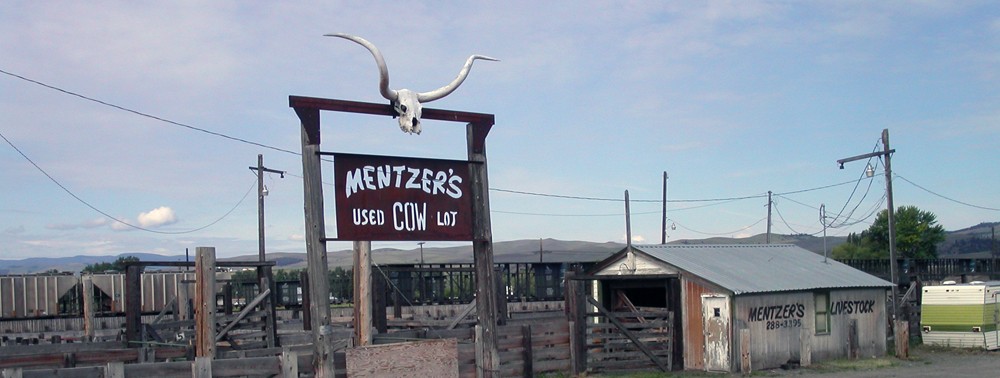In 2017 I was deep in oral history interviews with residents of Lyttonsville, a historically Black community in Silver Spring, Maryland. I had just organized a public event meant to draw attention to murals that erase the Black experience and uplift the stories of white supremacy.

Protesting Invisibility, Acorn Urban Park, Silver Spring, Maryland, June 2017.

Protesting Invisibility, Acorn Urban Park, Silver Spring, Maryland, June 2017.
Shortly after the event in Acorn Urban Park, a lifelong Lyttonsville resident mentioned a photo collage she saw in a Silver Spring bank branch. She asked if I had seen it and I replied that I had not. I asked her to describe it for me.
The woman explained that it showed Black folks in Silver Spring who “never existed” in her community. She said that like the murals in Acorn Park, it creates a false sense of history by placing Black people in spaces in a time when and where they never would have existed. I asked her what was so troubling about the image. She replied,
It could be [bank] is making a statement about American history in a special way. However, it is strange to have a beautiful photo there in the midst of Silver Spring’s history. When I went to the bank and saw it, I was shocked, but so pleased because most photos of my people are not shown in the public.

Bank photo collage, photographed in 2017.
After our initial conversation, I went to the bank to photograph the collage. After seeing it for myself, I then exchanged emails with the Lyttonsville resident who brought it to my attention:
I wish I knew who the people were because it looks like a photo from the early 1900’s. I don’t know that the photo in that day was color. I have seen photos of our race like this, but always black and white. My grandmother and grandfather would have dressed like this. So, it is authentic, but I don’t know who they are or where they are from.
Dressing up has always been very important to African Americans, until the 60’s. Even when they were enslaved, a head covering for women was very important. Should they have escaped to freedom, they were going to dress. The hats in this photo are authentic and so is the pose. This had to be a church portrait or something important connected to “family.”
There is a fine line between appropriation and celebration. Nostalgia runs deep in Silver Spring and in many communities. It’s tempting to exploit nostalgia to connect national brands with the communities where their branches are located. But what are the impacts of haphazardly selecting images and throwing them together in a visually appealing presentation that has no connection to reality or to the people in the community?

The Silver Spring Historical Society frequently posts about nostalgia-laden murals in the community.
Like this:
Like Loading...





